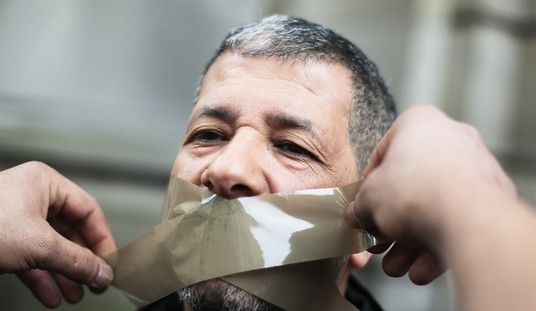In the wake of recent tragedies, the Obama administration took gun control as its new mission, advocating everything from useless “universal” background checks to once again banning so-called “assault weapons.” The unintended but completely predictable side effect of Obama’s posturing has been to cause your mothers, uncles and neighbors to run to the local gun store and buy anything they thought might become unavailable.

This includes a whole lot of AR-15s, the admiration’s Sandy Hook straw man.
People buy guns due to the perception of threat. Numerous studies have shown that gun sales go up when there is a perception of increased violent crime. Likewise, more guns get sold when there is a perceived danger of losing the ability to acquire firearms in the future. So when politicians start calling for more gun control, more guns enter circulation.
The last great push for gun control started in 1999, after the massacre at Columbine High School. Then President Bill Clinton unashamedly backed various proposals and publicly associated himself with people calling for licensing and registration of handguns (registration, having been the requisite tool for gun confiscation in New York, California, Chicago and Washington D.C., creates the perception of losing guns and thereby increases the perception of being easily victimized). In 1999, which was also the first year for instant retail background checks (NICS), the rate of background checks was higher than subsequent years. Though there are many possible variables involved, one explanation is that the threat of gun control in 1999 increased demand for guns.
Fast forward to 2013, when calls for more gun control rose in the wake of the Sandy Hook tragedy. Annualizing the number of NICS background checks for the entire year, there has been a 34 percent increase in the demand for firearms. The ramp-up actually began late in 2012, which explains in part the 10 percent increase the year before.
It has been frequently disproven that the availability or quantity of firearms in a society affects the number or homicides or the overall violent crime rate. Indeed, the federal Bureau of Justice Statistics recently reported that despite gun sales growing (as charted above) and the number of states allowing concealed carry rising from 10 to 42, the firearm crime rate has plummeted, falling on average 66 percent depending on the type of crime (74 percent dip for all firearm violence, 50 percent for firearm homicides and 75 percent for non-fatal firearm victimizations). Contrary to the claim of gun control groups, on the surface it appears that firearm availability may have suppressed firearm violence over the last 20 years.
At least here in the United States. With the current administration shipping guns uncontrolled to drug cartels over the southern border, yet with the Mexican government effectively banning private gun ownership, Mexico has encountered a different outcome.









Join the conversation as a VIP Member